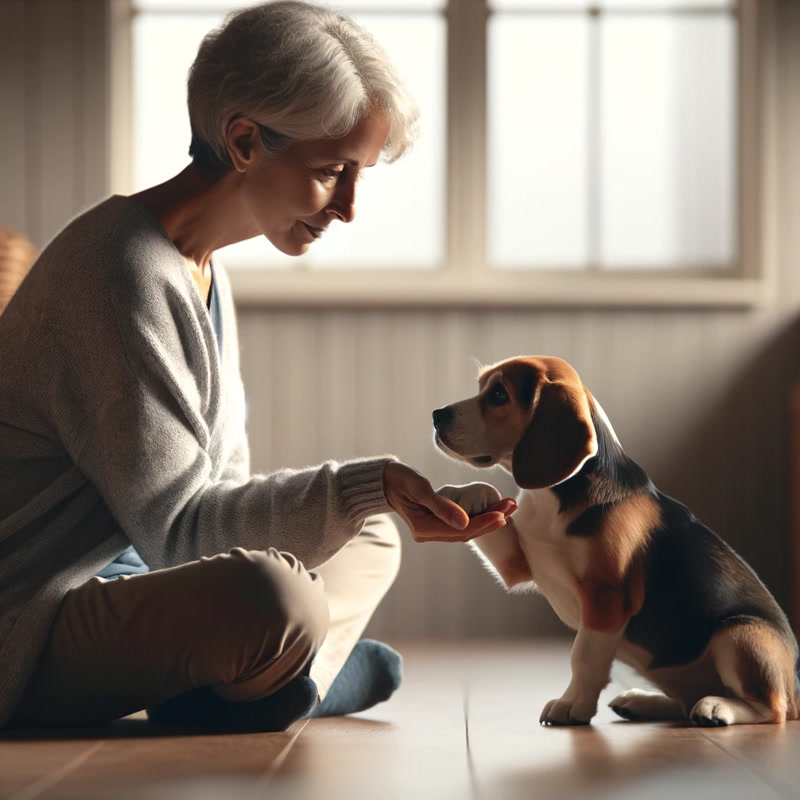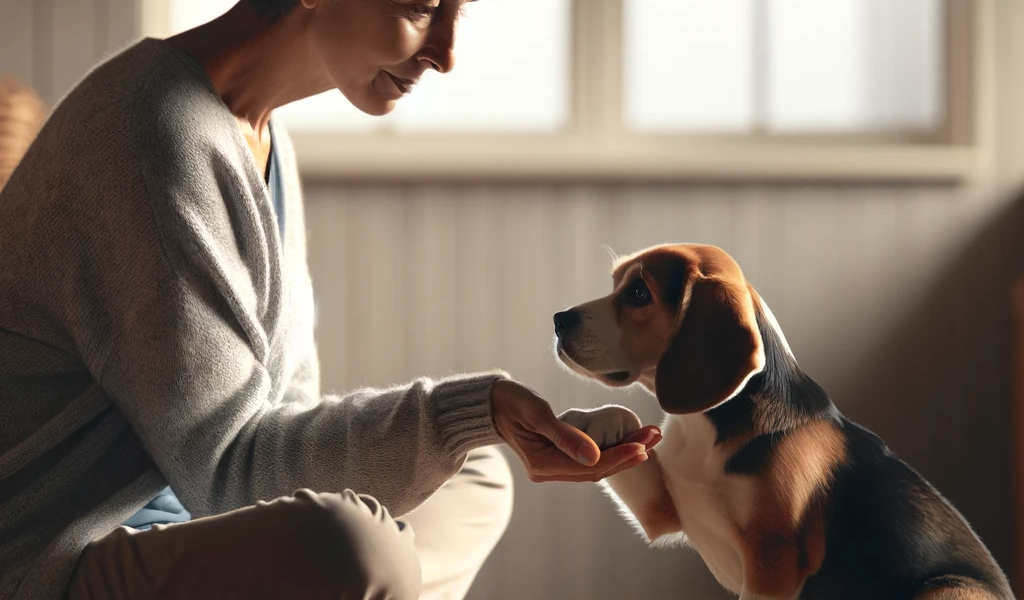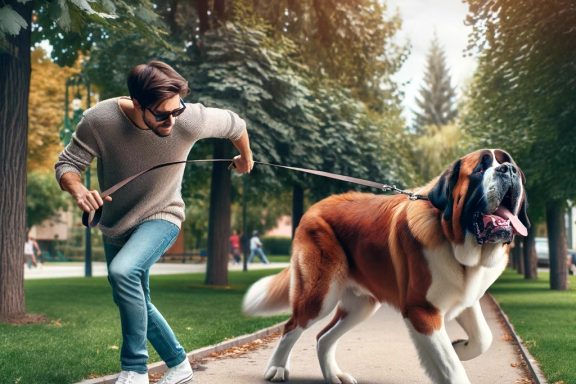Having a scared dog can be challenging for any pet owner.
In my previous article about dog aggression, I touched upon fear aggression, but there’s another level of fear in dogs – the kind that manifests as pure terror.
If your dog fits this description, there are effective strategies to help them see the world differently.
Understanding the Frightened Canine

During my seven-year tenure as a vet assistant, I encountered numerous scared dogs.
Their responses varied – some became aggressive, others submissive, and a few were so petrified they seemed to dissolve into fear.
This isn’t just about being scared of the vet; it’s about a deep-rooted fear that affects their entire existence.
Strategies to Comfort Your Fearful Dog

A recent story about a rescue dog highlighted the plight of these animals.
The dog, adopted as a puppy, was petrified of everything, avoiding human contact and cowering in fear.
If this sounds like your dog, here are some steps to help them overcome their fears:
1. Crafting a Secure Environment
Start by creating a calm and quiet environment.
Loud noises and chaotic surroundings can be overwhelming for a fearful dog.
This may mean adjusting some of your lifestyle choices, like lowering the volume of your music or TV.
2. Approach with Patience
Move slowly and speak softly.
Quick movements and loud voices can be perceived as threats.
Show love and affection, but don’t force it.
3. Encourage Approach
Let your dog decide when to approach you.
While you shouldn’t ignore them, respecting their space and allowing them to come to you when they’re ready is crucial.
4. Building Trust

Trust is the foundation of your relationship.
This includes consistent routines, positive reinforcement, respecting their space, and understanding their body language.
Patience is key in building this trust.
5. Identifying Triggers

Understanding what triggers your dog’s fear is essential.
Common triggers include loud noises, separation anxiety, changes in environment or routine, lack of exercise, and past trauma.
6. Desensitizing to Triggers
Once you understand their triggers, gradually expose them to these in a controlled and reassuring manner.
This could involve introducing them to different types of people or environments slowly and gently.
7. The Importance of Time
Remember, helping a scared dog is a long-term commitment that requires patience, consistency, and reassurance.
From Fearful to Joyful: The Transformation of a Scared Dog

A dog living in fear doesn’t have to stay that way.
With patience, time, and love, your scared dog can learn to live a life with less fear and more joy.
They may never be the most outgoing dog, but they can achieve a happier, more relaxed state.
Have you ever helped a scared dog overcome their fears? Share your experiences and tips below!






